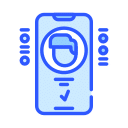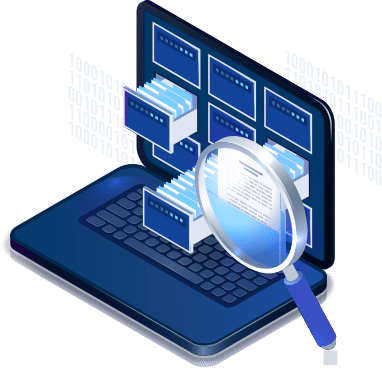Most of us know about ZIP+4 but to the average user of the United States Postal Service, ZIP+6 is unfamiliar. Join me, as we explore ZIP Codes, ZIP plus 4 and ZIP plus 6.
What is a ZIP Code?
Although familiar to all of us in the U.S., the five-digit ZIP Code has only been around since 1963. ZIP Codes are numbered with the first digit representing a group of U.S. states, the second and third digits together representing a region in that group (or perhaps a large city), and the fourth and fifth digits representing a group of delivery addresses within that region.
What that boils down to, essentially, is that a single five-digit ZIP Code can represent a large number of actual addresses. So, 20 years later, the USPS introduced an expanded ZIP Code system that it called ZIP Plus 4.
What is ZIP Plus 4?
ZIP Plus 4 uses the basic five-digit code plus four additional digits to identify a geographic segment within the five-digit delivery area, such as a city block, a group of apartments, an individual high-volume receiver of mail or any other unit that could use an extra identifier to aid in efficient mail sorting and delivery.
The implementation of ZIP Plus 4 adds an extra level of precision that makes delivery easier, and very large organizations often have multiple ZIP Plus 4 codes assigned to the same address. One such example is California Polytechnic State University, in San Luis Obispo.
The street address for Cal Poly is 1 Grand Avenue, San Luis Obispo, CA 93407. Within the university, however, different departments or offices have their own ZIP Plus 4 Code. For example:
- Executive Assistant to President, 1 Grand Avenue, San Luis Obispo, CA 93407-0002
- University Police, 1 Grand Avenue, San Luis Obispo, CA 93407-0140
- Multicultural Engineering Program, 1 Grand Avenue, San Luis Obispo, CA 93407-0206
As a mail sender, chances are that all you’re going to put on the address is the five-digit ZIP Code and the mail will still reach it’s intended destination. So why bother with ZIP Plus 4?
What are the benefits of ZIP Plus 4?
If you’re sending large amounts of mail, using the ZIP+4 rather than just the five-digit ZIP Code can save you money. The caveat is that you need to use the right ZIP+4 – one that has been verified within the last 12 months.
Marketers can use ZIP+4 to better segment their target customers, because the granularity of ZIP+4 resolves down to a small handful of households. And the difference between households in different ZIP+4 Codes can be substantial. In some rural areas, for example, high-income neighborhoods with college-educated households and high employment can border low-income neighborhoods with high unemployment. If you’re marketing a luxury brand, guess where you’re better off sending your mailings?
But what if you want to achieve even tighter segmentation? What if you’re only interested in high-income households with two college-educated adults, no children, and a home value of over $500,000? As it happens, you’re in luck.
What is ZIP+4+2, or ZIP plus 6?
Where ZIP+4 takes you down to a few households, ZIP+6 takes you down to the actual delivery point. What do we mean by that? Let’s have an example…
The ZIP Code for the whole of Anytown is 12345. There’s a street with 40 houses called Mixed Drive. Addresses 1 through 20 have a ZIP+4 Code of 12345-6789, but houses numbered 8 through 16 are multi-family homes, each containing two households with the same street address.
Number 12, Mixed Drive is owned by the Moneybagges. They live in one side, and rent the other half to the Clampits.
Both the Moneybagges and the Clampits have the same ZIP Plus 4, so a segment containing that ZIP Plus 4 would include two very different demographics.
But the ZIP plus 6 is different for each household, and lets you separate the Moneybagges and the Clampits into different segments, along with other households with the same demographics. A much better option if you’re selling a high-value investment portfolio.
How do I find a ZIP Plus 6?
There are only a few address verification tools that can work down to ZIP Plus 6, and the fastest and most accurate is DataMatch Enterprise Address Verification.
With DataMatch Enterprise Address Verification, you can load thousands of addresses and standardize, verify and geocode to ZIP Plus 6 with ease. Being CASS™ and PAVE™ Gold certified to ensure the most accurate information across the board. It also works with the LACSLink® system to convert rural addresses to city style addresses to ensure delivery, and to stay updated with city-style addresses that may have changed or been renumbered.










































